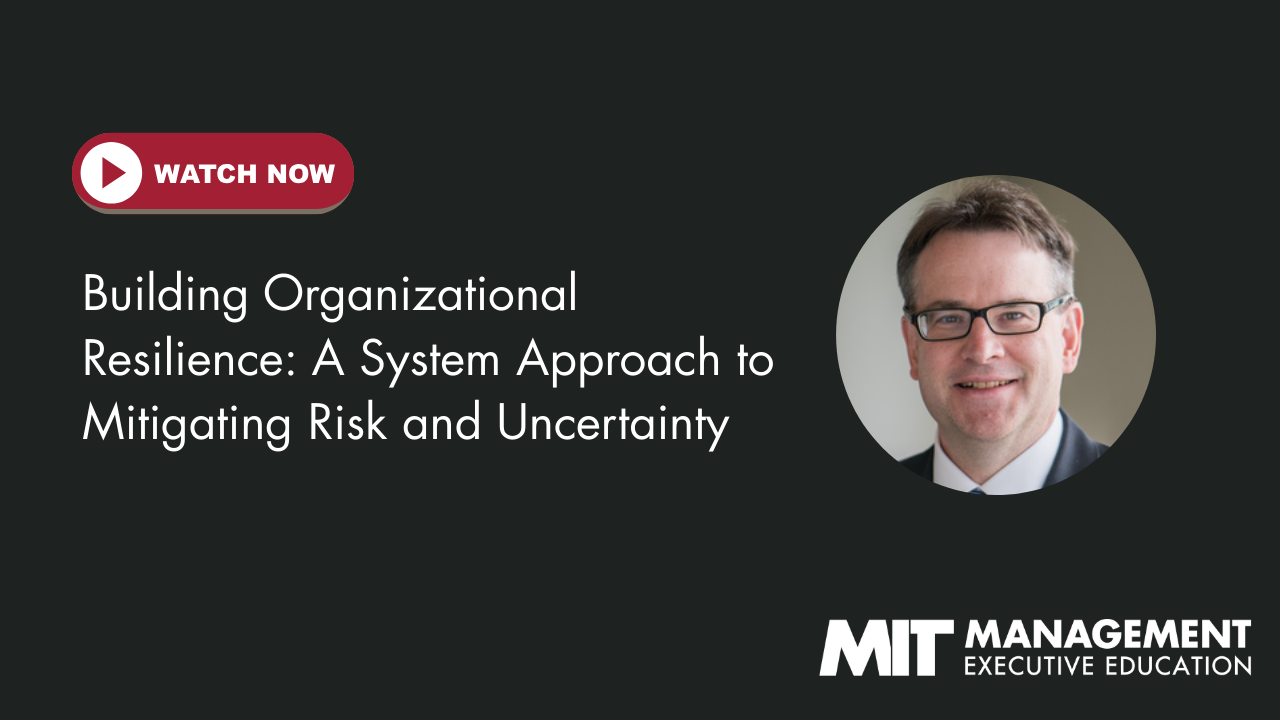Our organizations—designed for optimal performance—work well under normal conditions but are vulnerable to failure when the unexpected occurs. How do we design systems that work efficiently under typical conditions, yet respond resiliently to “unknown unknowns”?
Building Organizational Resilience provides business leaders with a practical approach to assess and build organizational resiliency. Learn how systems thinking and continuous improvement can help your team identify problems before they occur and fundamentally alter your organization’s ability to effectively respond when they do. Understand the role hidden factories and irregular operations play in contributing to catastrophic events, and how this knowledge can be leveraged to reverse their effects. Leave with a playbook for improving the resilience of your company.
Deepwater Horizon. The Flint water crisis. Boeing’s 737 Max. Notre Dame Cathedral. Cybersecurity breaches at Target. SolarWinds. What do these incidents have in common? As these scenarios evolved, the systems' response consistently lagged behind the incident, despite multiple opportunities for intervention.















